|
Librije's Zusje ("sister of Librije") opened in May 2014 on the lower ground floor of the Waldorf Astoria hotel, located on the poshest canal in Amsterdam. The restaurant is related to De Librije in Zwolle, where the head chef Sidney Schutte worked under Jonnie Boer for over a decade up to 2010 after a stint at two star Scholteshof in Belgium. Mr Schutte cooked for four years in Hong Kong (at The Landmark hotel) before returning to the Netherlands to open Zusje. The restaurant was immediately awarded two Michelin stars in the 2015 guide. The dining room seats up to 40 guests at one time and looks out over a garden. Tables were well spaced, covered with carefully ironed white linen tablecloths. Eleven chefs work in the kitchen dedicated to Zusje, though as the same kitchen serves the whole hotel the total number of staff is higher than this. A tasting menu was priced at €112.50, with a vegetarian version at €90, as well as a full à la carte choice. The wine list offered 350 different labels from around the world. Example wines were Thibault Pouilly Fumé 2013 at €45 for a bottle that you can find in the high street for €22, Nelson Neudorf Chardonnay 2011 at €77.50 compared to a shop price of €32, and Monsaterio Reserva 2009 at €160 for a wine that retails at €86. A sequence of nibbles preceded the formal menu. First was a crisp of garlic with rosemary and Muscat grape with a creamy filling, which was delicate and delicious, prettily presented (19/20). This was followed by a pair of miniature open sandwiches, one of king crab and apricot, the other of mackerel and pickled cucumber, which also both had excellent flavour (18/20). A crisp made from fried chicken skin peas filled with chicken liver mousse and bacon, a superb amuse-bouche that was delicate yet had lovely flavour (19/20). Beetroot meringue with ice of smoked haddock liver garnished with chopped tarragon tasted better than it sounds, the fish liver flavour coming through strongly and working well with the earthiness of the beetroot (18/20). Foam of magnolia came with pickled salsify, Dutch herring caviar and cream of buckthorn berries. The ever astringent buckthorn was a little too strong here (16/20). Still, this was an impressive set of nibbles. A small country bread was served warm and had very good texture (18/20). The first official dish in the menu came in two stages. First was toro tuna, the fatty belly of the fish, shrimps with a yuzu sauce all enclosed by a ring of foie gras mousse coated in a layer of chocolate. The tuna itself was silky and delicious, as was the liver, but the chocolate seemed an odd idea. Fortunately there was enough acidity from the yuzu citrus to cut through the richness, but I still think this dish would be improved by simply removing the chocolate. Then the second part of the dish was served, a macaron of yuzu with a dome of tuna, radish and dandelion leaves. This part of the dish had better acidic balance (overall 17/20). The next course was langoustine with langoustine crumble, grapefruit roasted over rosemary, macadamia nut cream, Ras el hanout (North African spice mix), a disc of crisp mushroom and a garnish of bak choi flower. This was an excellent dish, the sweetness of the shellfish working well with the sourness of the grapefruit, the gentle spice mix bringing an extra dimension of flavour (19/20). This course was followed by red mullet cooked in bay leaf oil with kohlrabi, octopus legs, tamarillo, coffee and Japanese horseradish. The coffee was mercifully subtle, the horseradish quite mild. This was an enjoyable dish, but I have eaten better quality red mullet (17/20). Next was abalone, slow cooked for six hours at 72 degrees and yet genuine tenderness still managed to elude it. This was served with seasonal white asparagus, rhubarb, blue cheese, pork ribs and chorizo. This combination of flavours tasted as bizarre as it sounds. The chorizo was surprisingly spicy, and I think the dish would just about have held together except for the crashing flavour of the strong cheese, which dominated everything. I really struggle to score this dish but it was the least successful of the meal. Sometimes chefs should consider not what to add but what to subtract from a dish, and the cheese here is an excellent example of this principle (12/20). Dutch lamb came with aubergine, sumac-flavoured onions, and a sauce of yoghurt, curry and lamb juices that had been marinated for three days. The meat had excellent flavour and was carefully cooked, the spices subtle but just enhancing the flavour of the dish. The onions, almost sweet, were excellent (18/20) The final savoury course (or so I thought) was Bresse duck, with flavours of pomegranate and bergamot, chicory, dates and pistachio. The meat was excellent, the rather adventurous set of accompanying flavours surprisingly harmonious (18/20). A rather witty touch was the next little course, a "Waldorf salad" (this being the Waldorf Astoria), with the elements of the famous salad but in the form of a pre-dessert. Celeriac was frozen in liquid nitrogen, walnuts were caramelised, apple came as a sorbet, raisins were marinated in vanilla. This idea, which could easily have backfired, actually worked well, the components combining nicely together in their assorted sweetened form (18/20). This was a lot better than the notional dessert course of avocado sorbet, green apple, yoghurt, cucumber and Chartreuse sauce with more cucumber, the avocado "skin" actually a layer of chocolate. I am fairly sure that no one on death row, when ordering their very last meal prior to execution the next day, dreams of a dessert involving avocado and cucumber. It was simply bizarre, and for me not enjoyable at all. As Elvis Costello might have sang at this point: “The cuisine of New Amsterdam it’s become much too much”. The Mexican pastry chef finished with a further eccentricity, corn tacos made with starch and involving lime, caramelised popcorn and jalapeños. This dish was sweet enough to just about qualify as a dessert, and although peculiar actually worked all right (15/20). Coffee was fine, served with a series of petit fours with liquid cocktails on a cocktail theme, such as piña colada and marguerite. Service was superb, led by a charming manager who had worked previously at La Vie. The bill, with just water to drink, came to €129 (£93) per person. If sharing a modest bottle of wine then a realistic price per head would be around £125. Although not every dish worked, most did, and the best courses were genuinely excellent. But seriously, abalone and cheese is an idea best left in the darkest recesses of the kitchen. Once I suppress that particular course from my memory, like some childhood trauma that the mind blanks out in order to protect itself, I will have quite fond memories of the meal tonight. |

Librije's Zusje
Waldorf Astoria Hotel, Herengracht 542-556, Amsterdam, 1017 CG, Netherlands
- Map
- +31 20 7184600
- Restaurant website
-
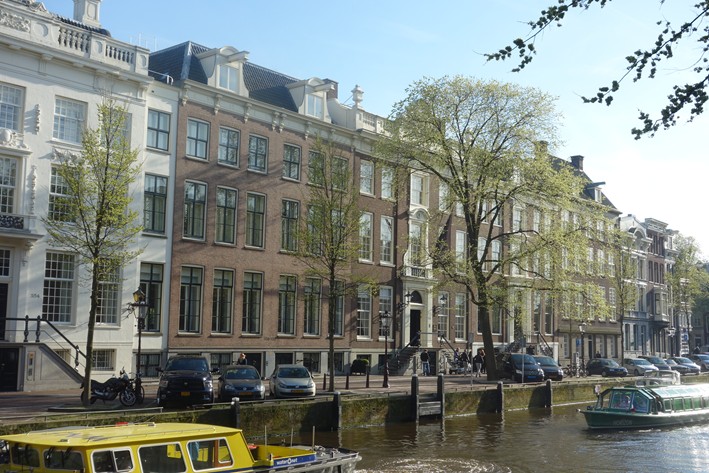 outside
outside

-
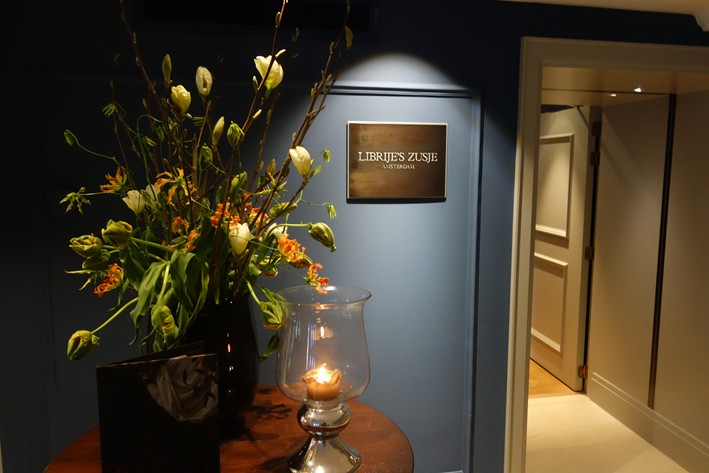 entrance
entrance

-
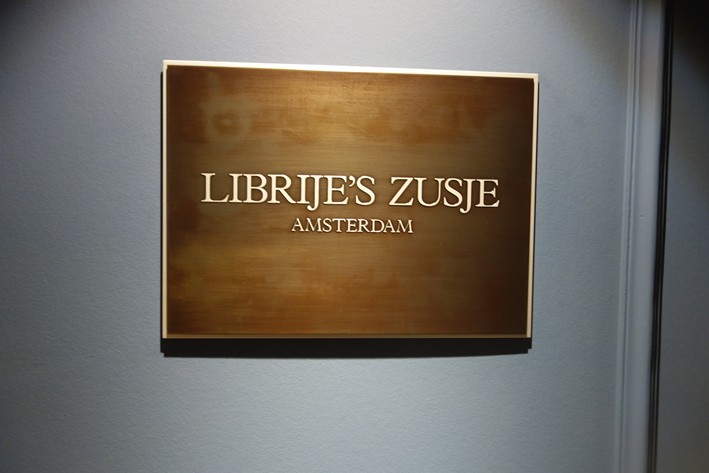 sign
sign

-
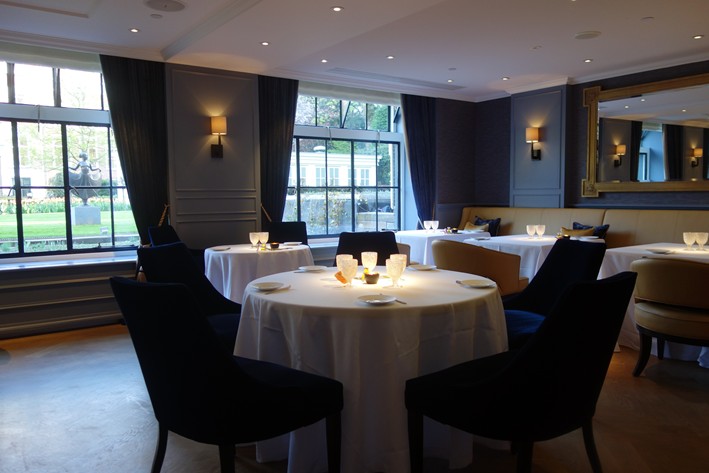 dining room
dining room

-
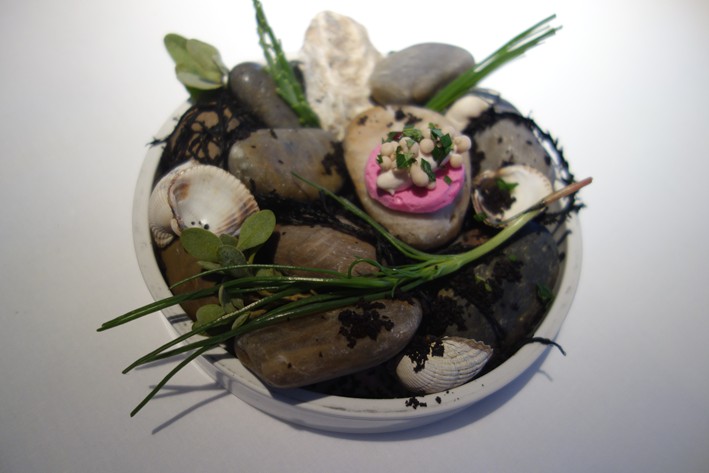 beetroot meringue
beetroot meringue

-
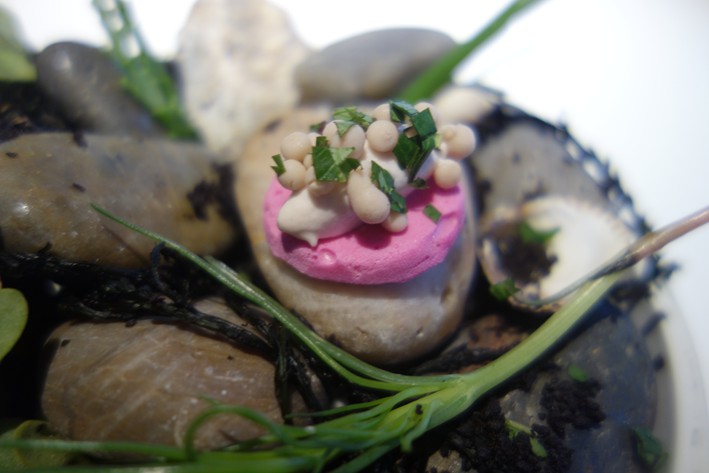 beetroot meringue close up
beetroot meringue close up

-
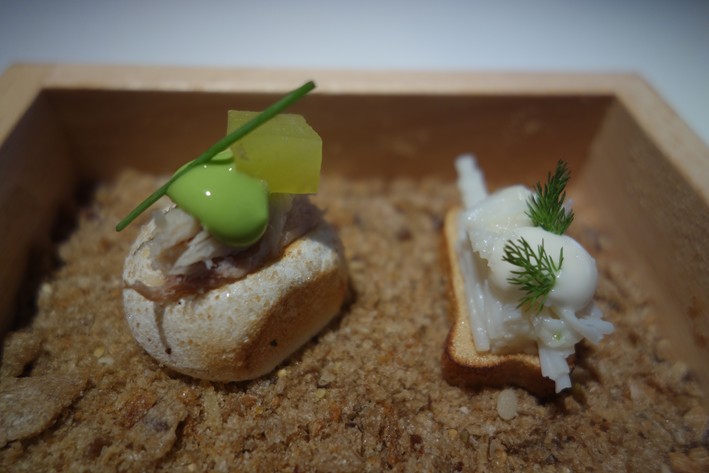 sandwiches close up
sandwiches close up

-
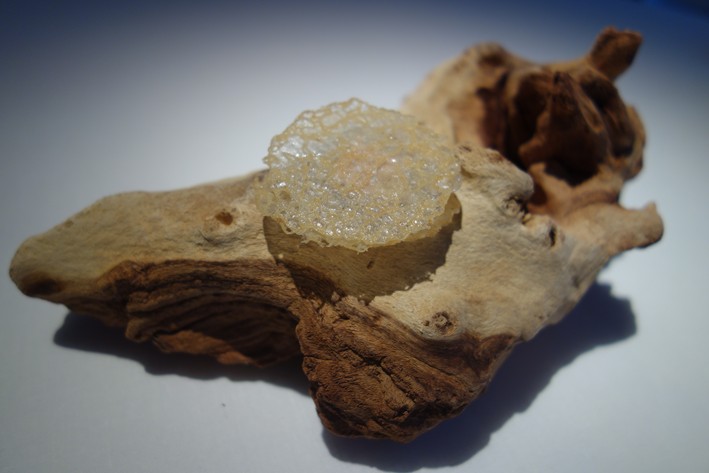 chicken crisp
chicken crisp

-
 garlic crisp
garlic crisp

-
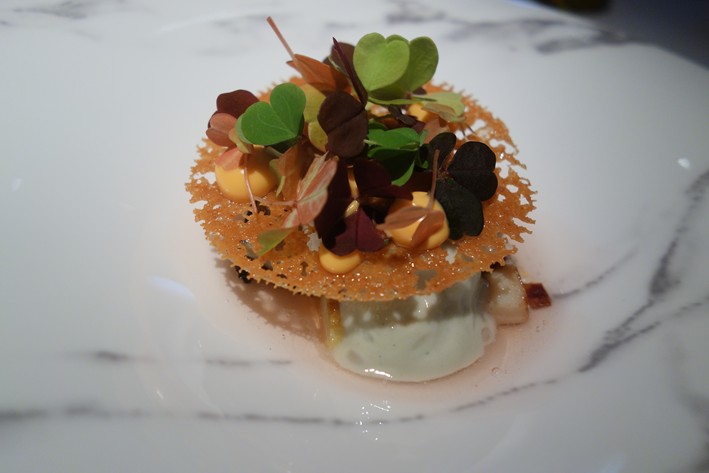 abalone
abalone

-
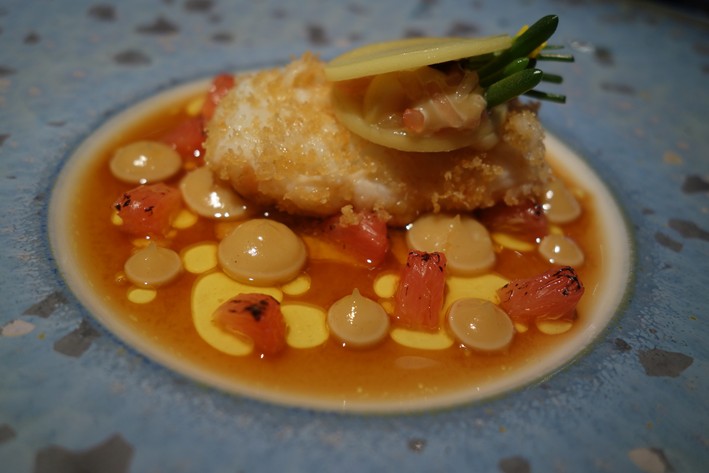 langoustine
langoustine

-
 herring caviar
herring caviar

-
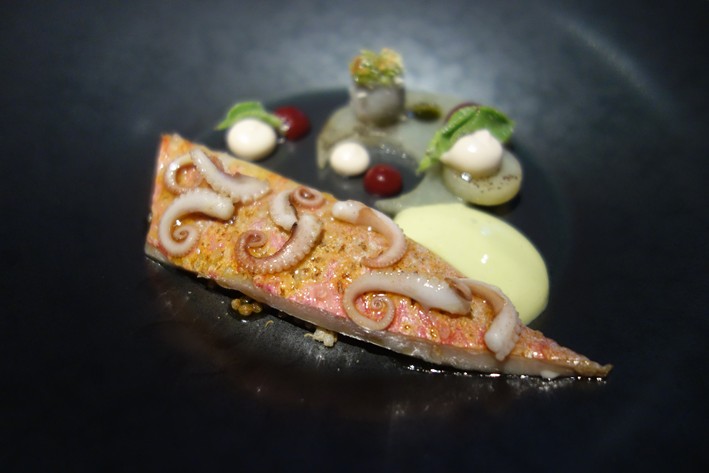 red mullet
red mullet

-
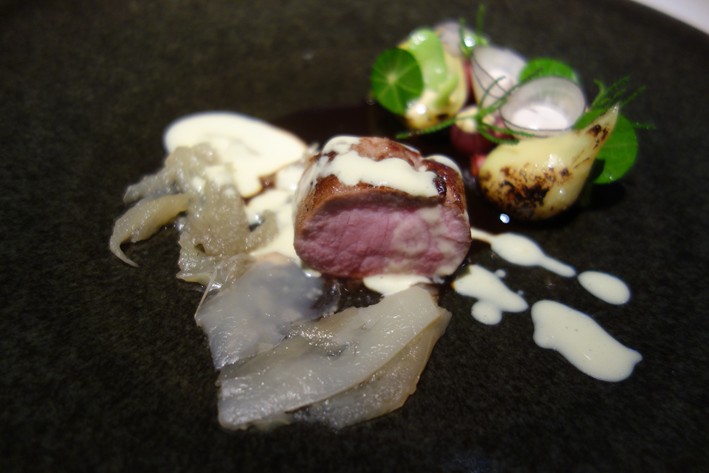 lamb
lamb

-
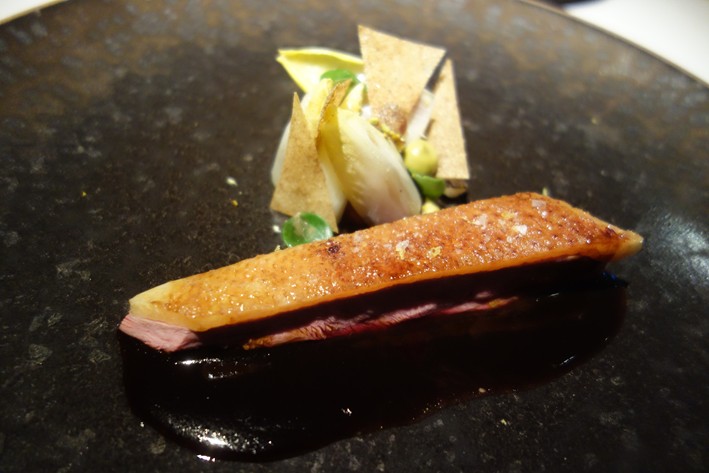 duck
duck

-
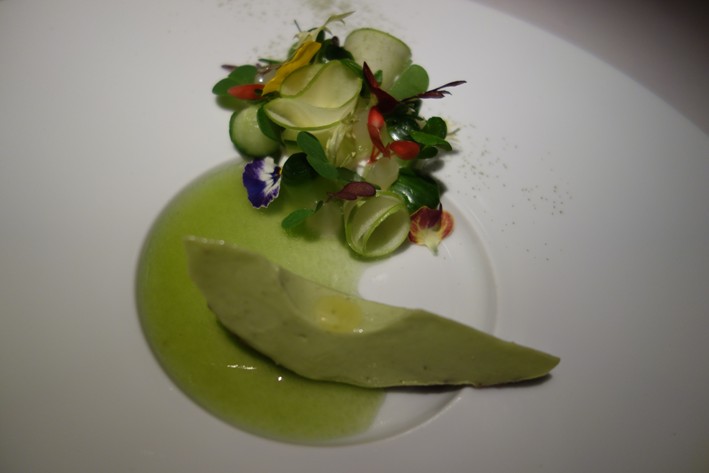 avocado
avocado

-
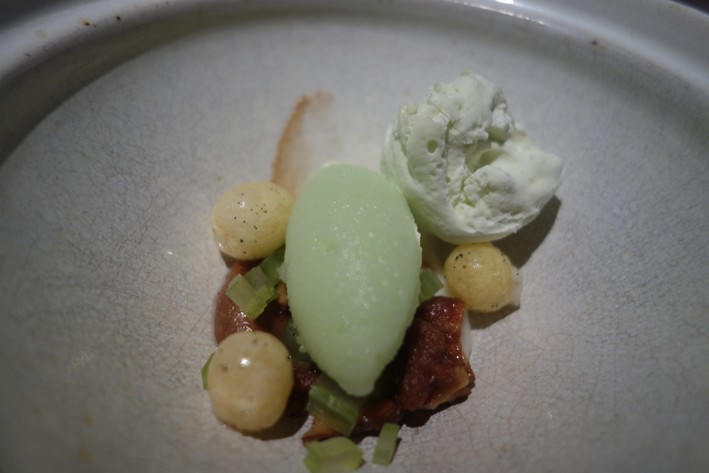 Waldorf salad
Waldorf salad

-
 tuna and foie gras
tuna and foie gras

-
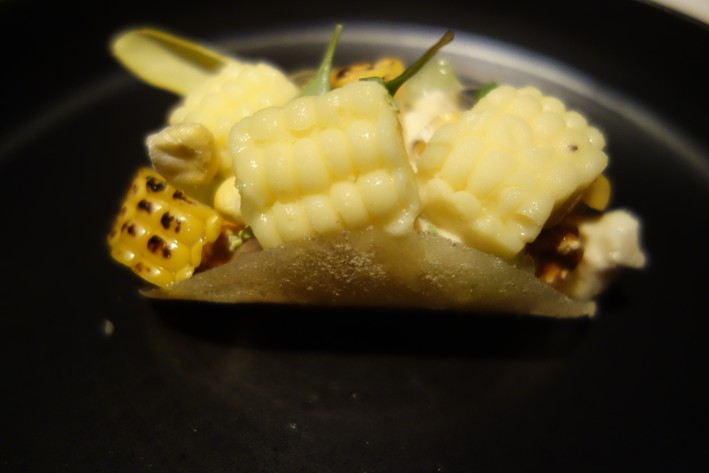 sweet tacos
sweet tacos

-
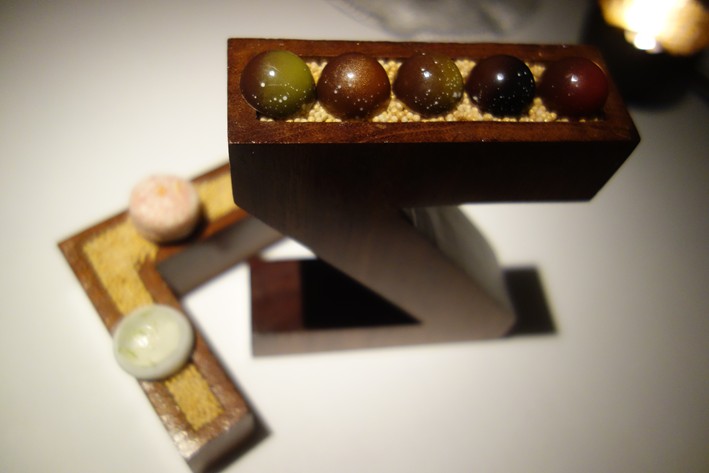 petit fours
petit fours

-
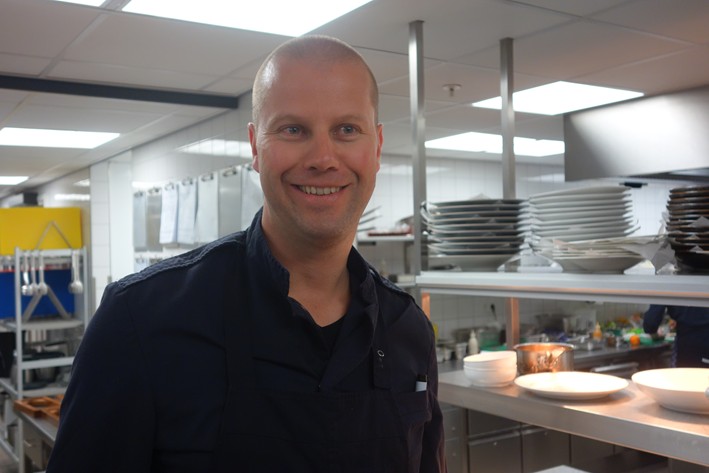 head chef Sidney Schutte
head chef Sidney Schutte

European cuisine
 Average Price £125
Price I paid £93
Value for money
££££££
Overall rating 17/20
Michelin star
Average Price £125
Price I paid £93
Value for money
££££££
Overall rating 17/20
Michelin star

The type of cuisine served at this restaurant
Typical price for three courses and modest wine
What I actually paid on this particular visit
Calculated from overall rating/average price: £££££ is best, £ least good
Score for the food from 1 to 20, with 20 being world class
Currently has at least one Michelin star






















Add a comment
Thank you for submitting your comment, this will be checked and added to the website very soon.
User comments